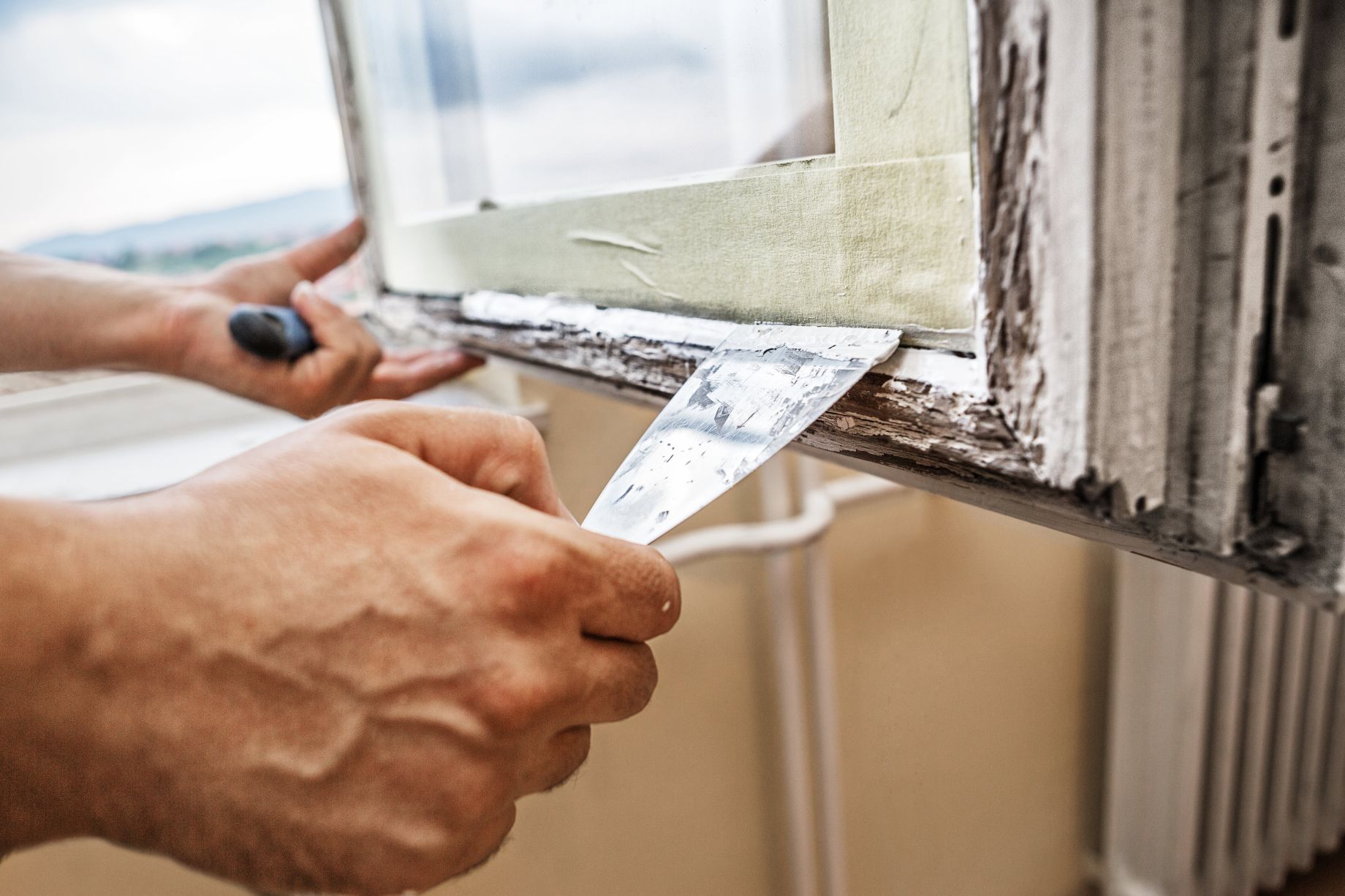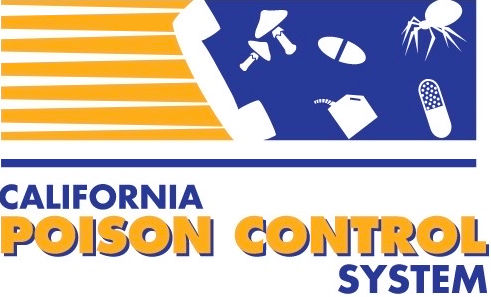Lead is a toxic metal found in paint and various contaminated sources like dust, soil, and water. Lead poisoning occurs when you breathe in or swallow a substance containing lead. For example, you can get poisoned by swallowing lead paint chips.
Even a small amount of lead exposure is harmful, especially over a long period of time. Lead poisoning can cause health problems in the brain and the body. Exposure to lead can make it harder to think, focus, and behave. Some health problems caused by lead cannot be reversed or cured. The good news: Lead poisoning is preventable.

Common sources of lead
- Contaminated dust, food, soil, surfaces, and water
- Homes or buildings built before 1978 might contain lead-based paint
- Homes or buildings might have water pipes that contain lead
- Some imported items like ceramics, cosmetics, jewelry, and toys
Common health risks
- Anemia
- Damage to the brain and nervous system
- Damage to the kidneys, stomach, and other organs
- Problems in behavior, learning, hearing, speech, and reproduction
- Slowed growth and development
Take action to stay lead-safe
- Ask your doctor if testing for lead is right for you
- Children and adults—including pregnant women and women planning to become pregnant—should consult with their doctor first before getting tested
- Children may have lead poisoning even when they appear healthy
- Contact your local health department about testing paint and dust in your home for lead
- If you have questions on lead poisoning, call our Poison Hotline at 1-800-222-1222
Prevent lead poisoning
Supervise children
- Certain spices made in other countries may contain lead. Check FDA product recalls and safety alerts.
- Get rid of any recalled toys. Stay up-to-date on current recalls by visiting the Consumer Product Safety Commission’s website.
- Have children wash their hands often with soap and water
- Supervise children to ensure they do not accidentally touch, breathe, or swallow any sources of lead (example: toys, paint, contaminated food)
Follow a nutritious diet
- Eat a nutritious diet containing iron, calcium, vitamins, and minerals to help your body absorb less lead. Examples include but are not limited to:
- Beans and lentils
- Citrus fruits (example: grapefruit, lemon, oranges)
- Green leafy vegetables (example: kale, spinach, turnip)
- Milk and milk products (example: cheese, soy milk, yogurt)
- Other iron or calcium-fortified products like breakfast cereals
Practice proper hygiene
- Clean toys with soap and water before giving them to children
- If your work or workplace involves handling lead or lead products (example: paint, repair/renovation, recycling), always follow safe work practices. Change work clothes before entering your home.
- Rinse fruits and vegetables with water before eating
- Vacuum, dust, and wash surfaces and windowsills often to remove any sources of lead in your home
- Wash hands often with soap and water
Questions?
If you have questions on lead poisoning, call our Poison Hotline at 1-800-222-1222.



